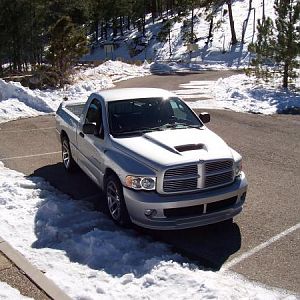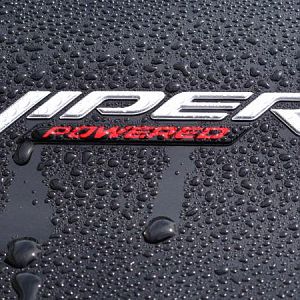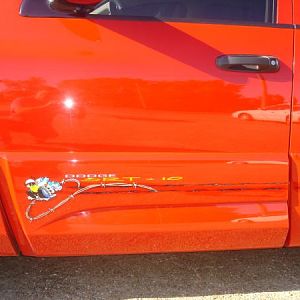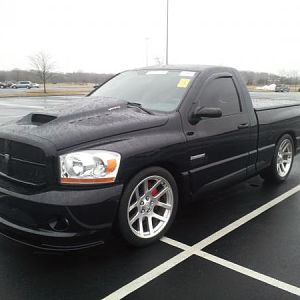robwclark
Full Access Member
OK, my truck is an 06 model reg cab stick with a stock longblock, american racing long tube headers, VEC3, & a paxton w/meth injection. The truck used to put down 620-640 rwhp with a perfect 12:1 a/f ratio. The truck is down about 50 rwhp, runs super rich, and the #1 cyl has considerable oil in it. I finally got around to doing a compression test and was wondering if anyone has any idea why I am seeing such high numbers. Now I know the variance is too much and I will probably need a rebuild, but why the high numbers? Here are the results:
Driver side
#1 207 - very oily plug
#3 202
#5 205
#7 218
#9 215
Passenger side
#2 188
#4 185
#6 188
#8 190
#10 192
So 185 is the lowest & 218 is the highest. And, yes I performed the test correctly. I wonder why the oily #1 cylinder is one of the higher results? The passenger side has considerably less compression than the driver....thats just weird. Also, a side note. Did you guys know it takes about 15-20 revolutions to get peak compression. I ran the battery down just doing this stupid test. My past experience has been like 7 or 8 revolutions before it stopped rising on an LT1 Trans Am. I expected like 160 to 180 max. Anyone else ever do a compression test and have any idea why these numbers are so high? Also, do you guys share my opinion that the variance is too much from 185 to 218? Thanks,
Robert Clark
Driver side
#1 207 - very oily plug
#3 202
#5 205
#7 218
#9 215
Passenger side
#2 188
#4 185
#6 188
#8 190
#10 192
So 185 is the lowest & 218 is the highest. And, yes I performed the test correctly. I wonder why the oily #1 cylinder is one of the higher results? The passenger side has considerably less compression than the driver....thats just weird. Also, a side note. Did you guys know it takes about 15-20 revolutions to get peak compression. I ran the battery down just doing this stupid test. My past experience has been like 7 or 8 revolutions before it stopped rising on an LT1 Trans Am. I expected like 160 to 180 max. Anyone else ever do a compression test and have any idea why these numbers are so high? Also, do you guys share my opinion that the variance is too much from 185 to 218? Thanks,
Robert Clark





